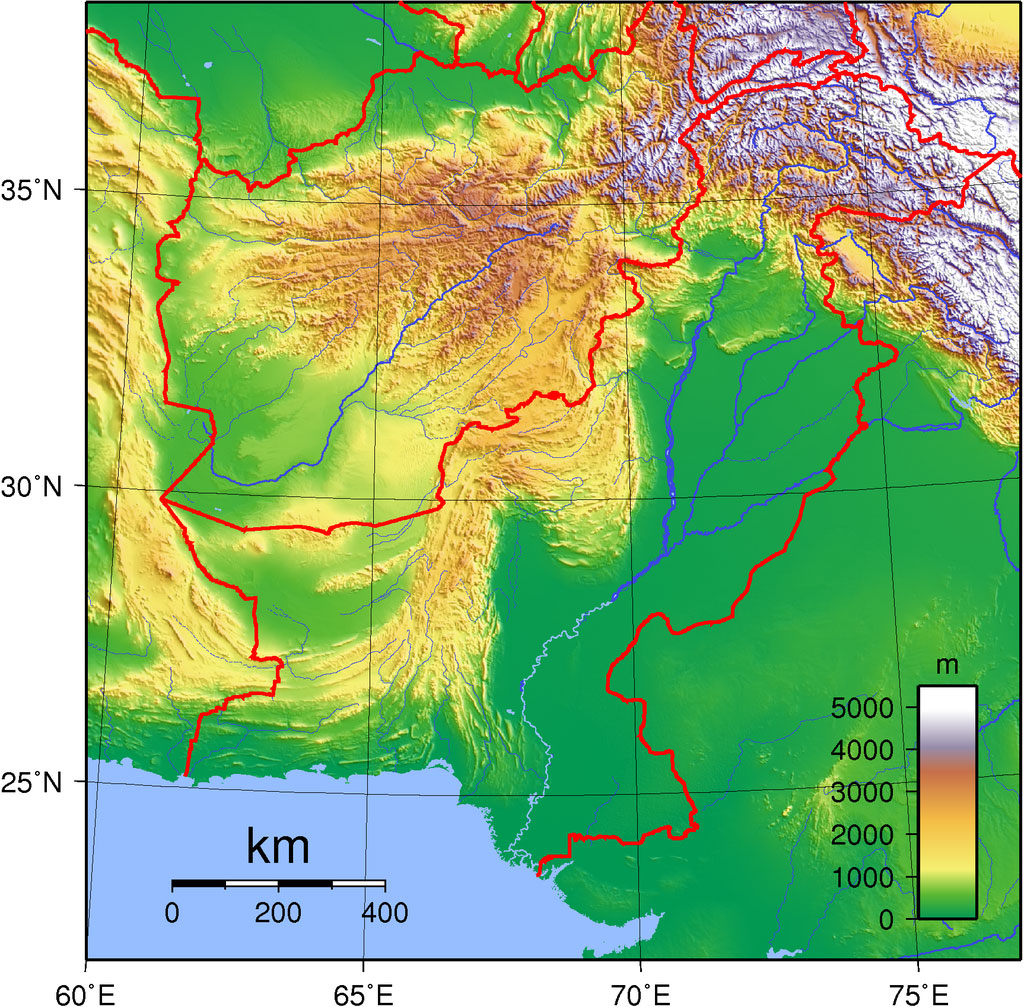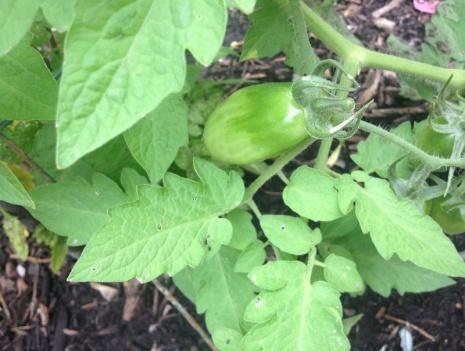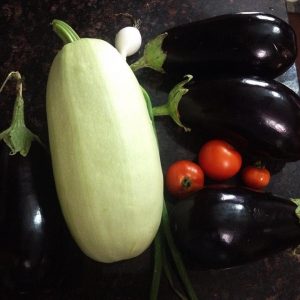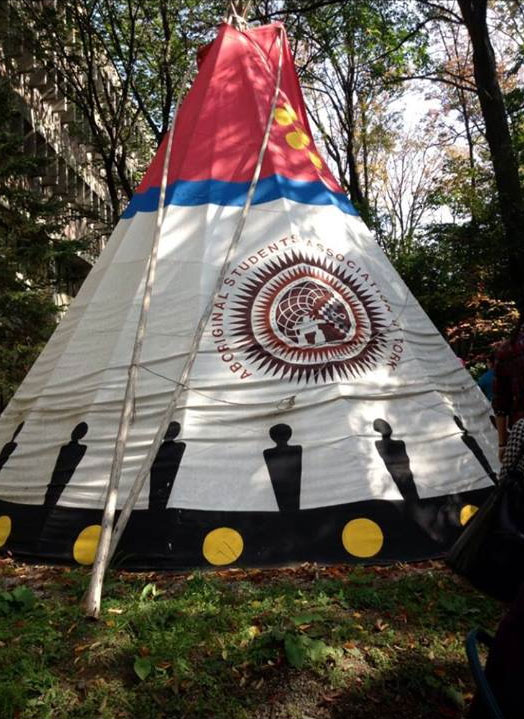 This blog is an archived post written by Sanya during her 4th year in the Environmental Politics stream.
This blog is an archived post written by Sanya during her 4th year in the Environmental Politics stream.
Learning about the world around us begins with learning about oneself.
We are an Environment & in the Faculty of Environmental Studies (FES), we learn how nature has created many systems that result in a very interconnected world. I feel that we have a duty to see the brilliant systems, natural or man-made, and help them flourish together to create a unified system.
One simply cannot exist without an understanding and appreciation of the other.
Engaging with the outside environment begins with learning about our own personal environments and histories. This was done in my first year course Taking Action: Engaging People and the Environment (students considering Environmental Studies can get a feel for the program by attending a Taking Action workshop) , by being introduced to the ethics of interviewing for qualitative research methods for an inter-generational interview assignment.

Image source: Sadalmelik, Wikipedia
I interviewed my grandfather and learnt that we come from a family of farmers in a land located in the North Eastern hemisphere
Full of different beautiful geographic features such as: plains, deserts, forests, hills, and plateaus ranging from the coastal areas of the Arabian Sea in the South to the mountains of the Karakoram range in the North.

Before the 1947 partition between India and Pakistan, even though my grandfather was Hindu (an Indian religion), he grew up on a farm located in Pakistan. Learning his story inspired me to grow my own vegetables and fruits later that summer in a home garden, which my grandfather helped me plant. We had so many eggplants, that we had to share with my neighbors!

As part of the final project called the Alternative Tour Assignment, we had to pick a location on campus and speak about its history in hopes of connecting other students to the land and architecture, with the purpose of being self-reflexive; which is about finding our place in the complex matrix that sustains the intricate balance of an ever changing environment(natural and built).
We achieved this by researching the history of the land that York University is built on and bringing in different perspectives from various readings in the course which relate to themes such as social and environmental justice while building research skills, and storytelling abilities orally and in written format for the Alternative Tour Assignment.
My favourite part of the alternative tour assignmen t was the land acknowledgement that shed light on the history and present status of indigenous lands that we are living on, an area known as ‘Tkaronto’ which has been care taken by the Anishinabek Nation, the Haudenosaunee Confederacy, the Wendat, and the Métis. It is now home to many different groups of peoples from all over the world. YorkU acknowledges the current treaty holders and the Mississaugas of the New Credit First Nation. This territory is subject of the Dish With One Spoon Wampum Belt Covenant, an agreement to peaceably share and care for the Great Lakes region.
t was the land acknowledgement that shed light on the history and present status of indigenous lands that we are living on, an area known as ‘Tkaronto’ which has been care taken by the Anishinabek Nation, the Haudenosaunee Confederacy, the Wendat, and the Métis. It is now home to many different groups of peoples from all over the world. YorkU acknowledges the current treaty holders and the Mississaugas of the New Credit First Nation. This territory is subject of the Dish With One Spoon Wampum Belt Covenant, an agreement to peaceably share and care for the Great Lakes region.
There are many parts where we can fit in, finding our place is very important and having a fair representation of history is also important for building sustainable futures that are inclusive of all voices and ideas in society. It is important to understand the policies that have been constructed so we can better partake in discussions that govern our lives. Many people have and continue to fight for the right to create inclusive spaces. Institutions in any society have a responsibility to acknowledge the struggles of our collective past to create a fair and free society.

